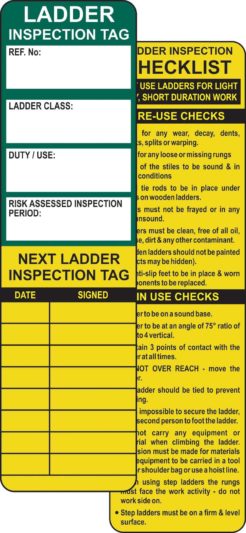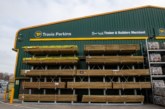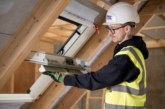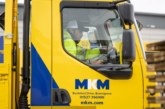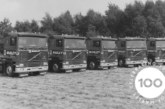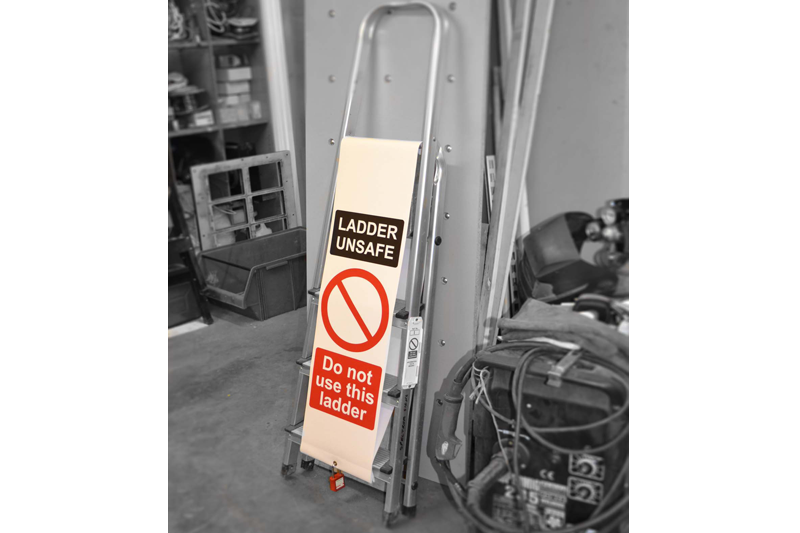
With the changes made to BS EN 131 in 2018, trade users are reappraising the ways in which they can safely work at height. Tania Turner, Marketing Manager at Centurion Europe, discusses the implications for resellers and urges merchants to consider ladder safety accessories as an additional sales opportunity.
Working at height is unavoidable in most building work and ladders are an essential piece of equipment use by those working at height regularly. As such, it is acutely important for tradesmen to be aware of safe practices when using access equipment — and those selling ladders can go a long way in helping promote this.
Risk assessments and equipment checks should be carried out prior to even setting one foot on a ladder, as falls from height still account for 36% of fatal injuries according to the Health and Safety Executives 18/19 report of fatal injuries in Great Britain.
BS EN 131 — the single British and European product standard covering all types of portable ladders — was substantially revised in 2018 and the changes will help improve the safety of ladders and make buying the right ladder for the job more straightforward. The standards have not only introduced classifications between professional and non-professional ladders, but they have also brought in major safety changes to the design of both domestic and professional ladders.
Whilst tradesmen can continue to use any existing ladders they already own as long as they are in good condition and are inspected regularly, those selling ladders have a different responsibility. They must now ensure that any new product they choose to supply, whether it is for trade and light industrial or heavy duty and industrial use, complies with the Professional EN131 standard.
In addition, those selling ladders must be able to ensure that they can provide a copy of the product certification to the relevant standard, which must have been issued by an accredited test body such as the BSI or TUV, should a customer ask for it.
“Those selling ladders are in prime position to remind customers about the responsibility they have to ensure it remains fit for use after purchase and that frequent maintenance is essential.”
Furthermore, those selling ladders are in prime position to remind customers about the responsibility they have to ensure it remains fit for use after purchase and that frequent maintenance is essential, in addition to pre-use checks and more rigorous inspections which should be carried out before starting any work.
By reminding customers of these vital checks to ensure the ladder has not become damaged in any way, the seller can add incremental sales by also offering safety accessories such as ladder tagging / inspection labels and ladder lock out
The AssetTag holder can be permanently fixed to the ladder, and the result of the inspection can be recorded on the label to be inserted into the holder. If the ladder fails an inspection, a ladder lock out can be used.
By raising awareness with their customers, merchants can make real difference in safeguarding users and minimising accidents that occur when working at height.
Centurion Europe distributes ladder and scaffold inspection labels and tagging systems through its Spectrum Industrial brand.
For more information, visit https://www.spectrum-industrial.co.uk/become-a-distributor/

